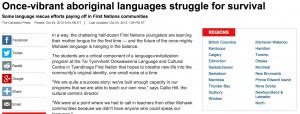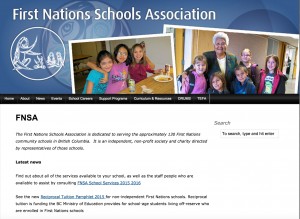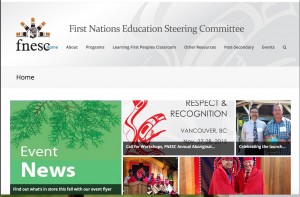This site represents the collaboration of 6 first nations groups working together to advocate for land ownership, jurisdiction & law making, culture heritage, natural resources etc.
It serves as another example of how technology is being used to strengthen communication among various bands to strengthen native issues and create meaningful change that will facilitate the preservation of culture and ensure its continued development.
Module 2 – Post 5
Ryan Silverthorne








